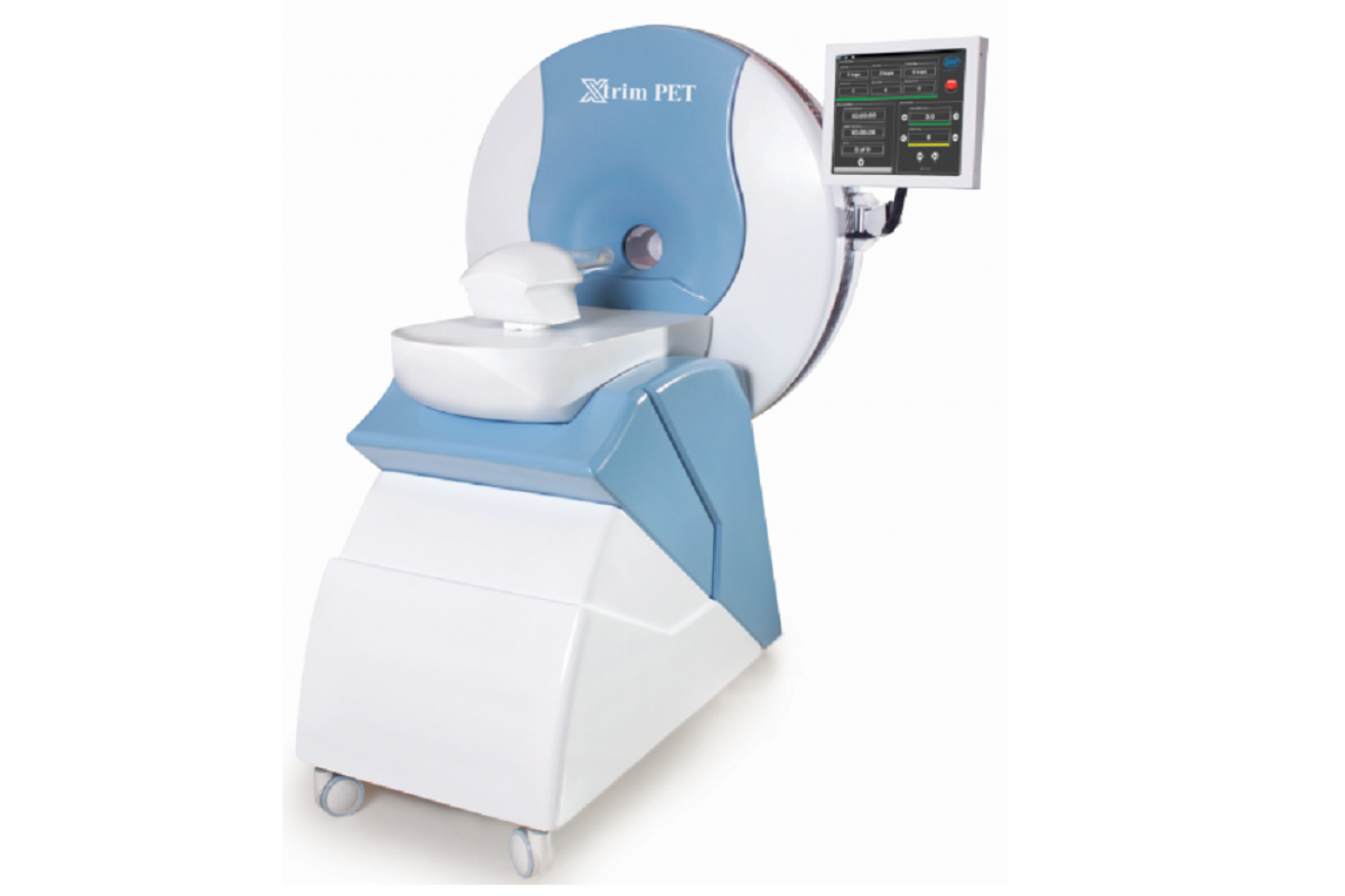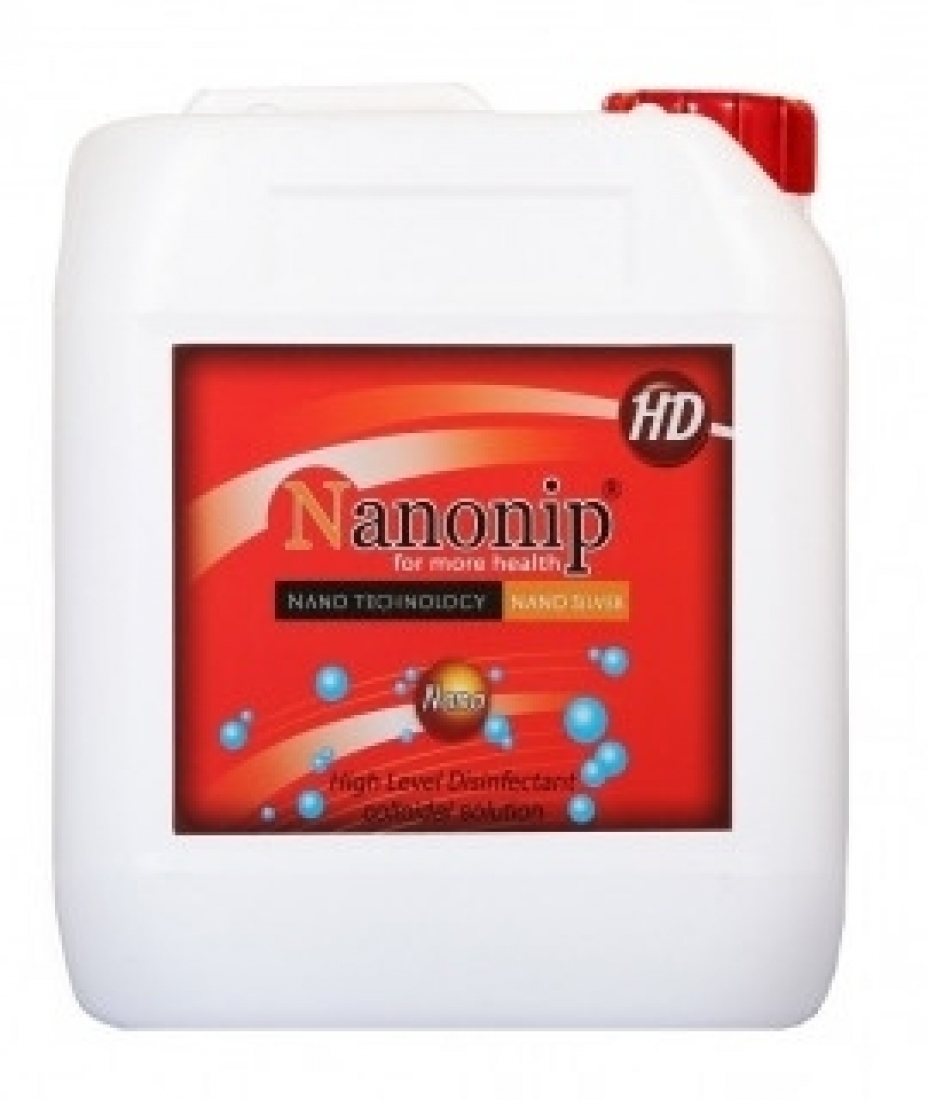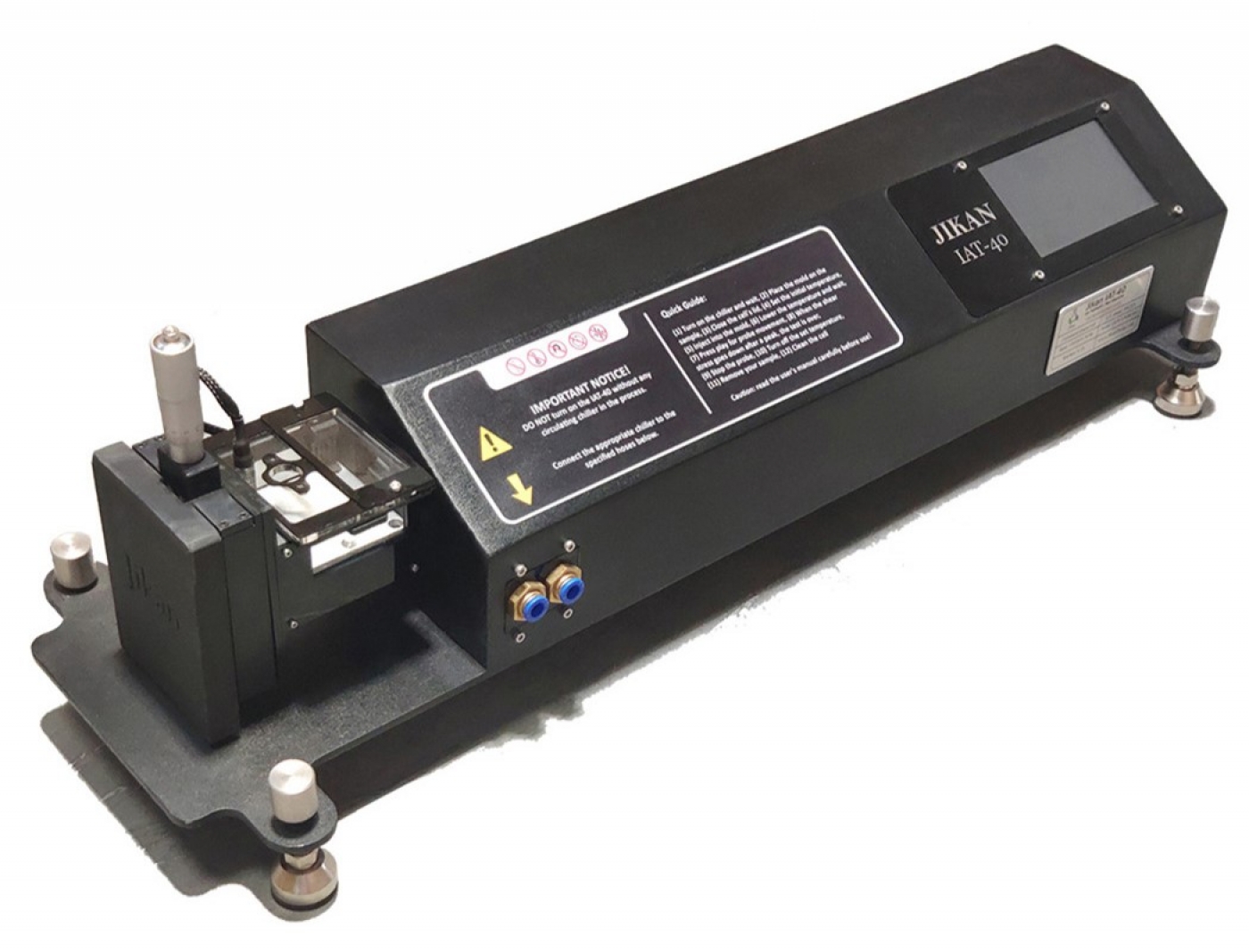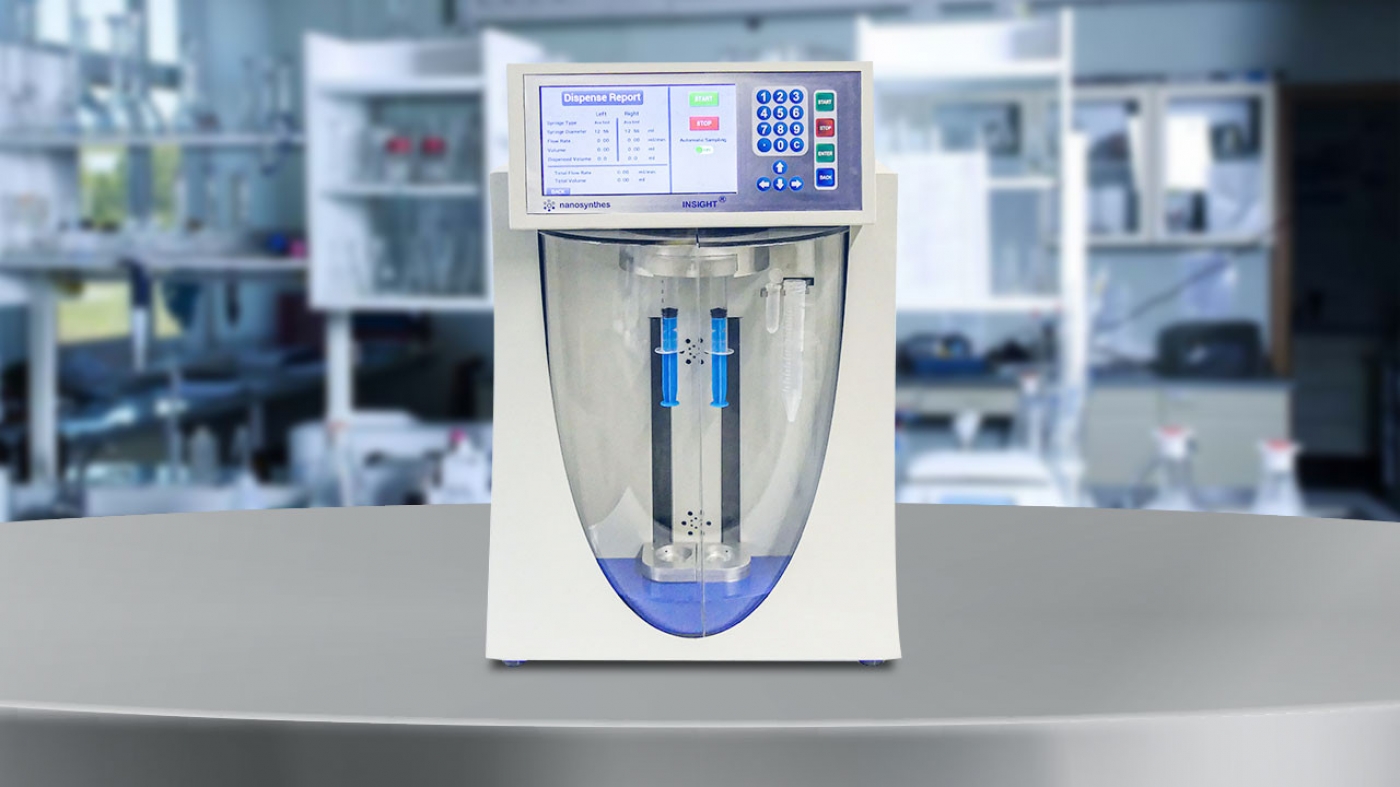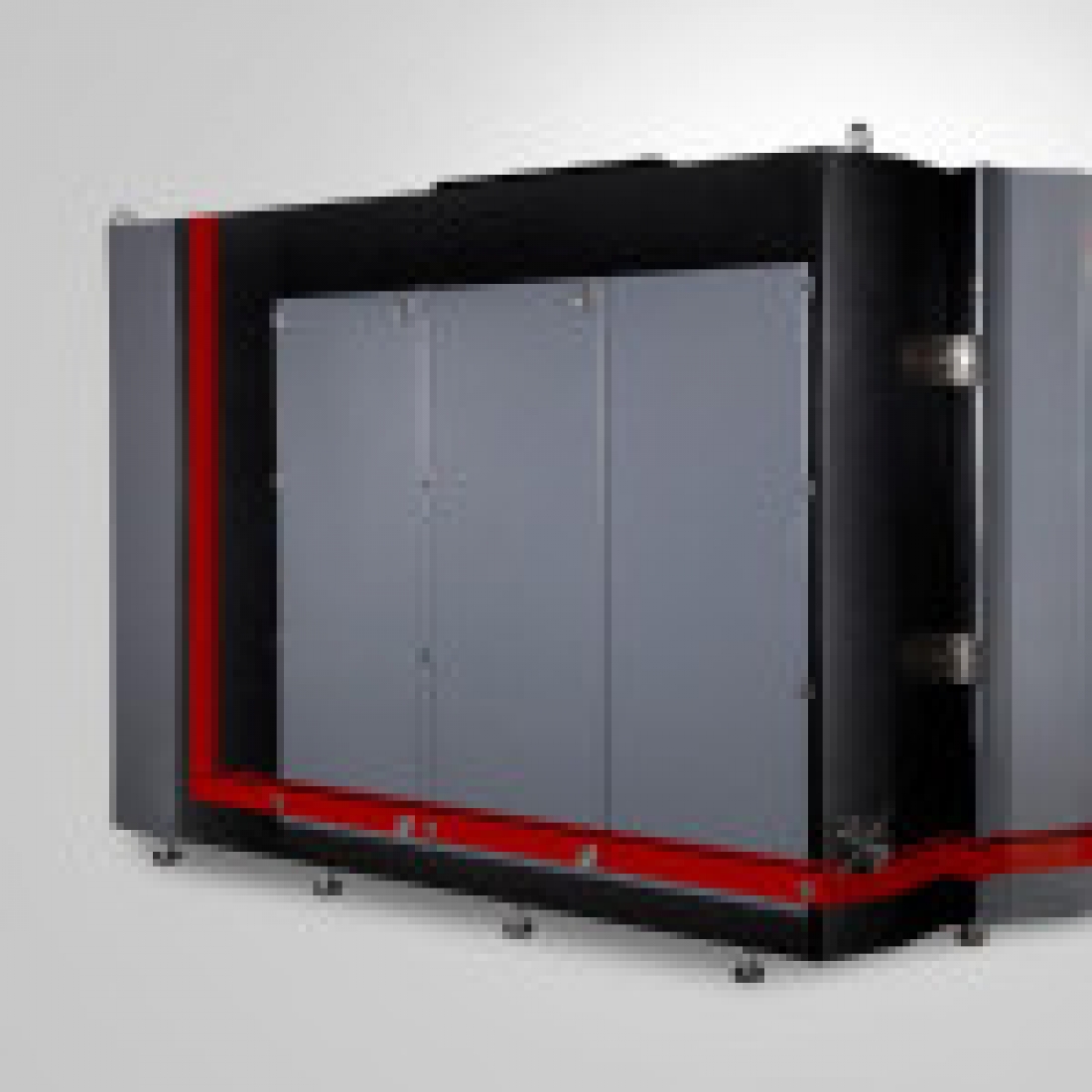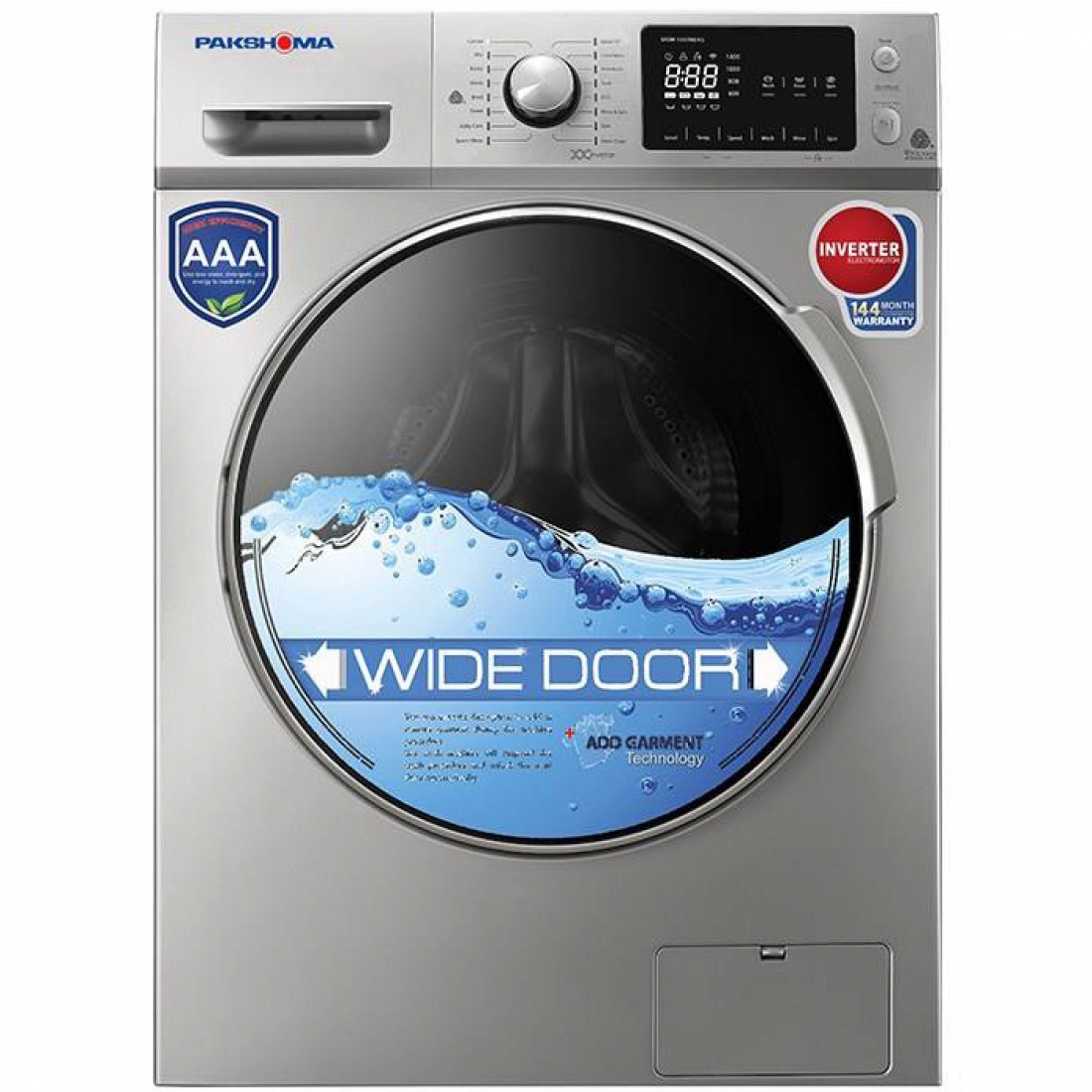Over the past two decades, studies regarding the production of new drugs, systems and imaging techniques have been widely performed upon animal models. Conducting in vivo experiments upon live animals is one of the main requirements of these investigations since they facilitate the observation and tracking of drugs distribution and other biological phenomena which are not visible in vitro.
Over the past two decades, studies regarding the production of new drugs, systems and imaging techniques have been widely performed upon animal models. Conducting in vivo experiments upon live animals is one of the main requirements of these investigations since they facilitate the observation and tracking of drugs distribution and other biological phenomena which are not visible in vitro. Furthermore, because of access to animals and the nature of in vivo experiments, these experiments can be repeated several times to be assessed in terms of reproducibility. Another important application of in vivo animals imaging technique is the ability to examine the success of implemented method or drug, in a way that after producing the desired disease in animals the effects of prescribed drug can be investigated. Over the past two decades, small animals imaging systems have been of particular interest because the wide applications of animal models. Although several prestigious companies have introduced some commercial types of these systems, but there are research centers which are still working to design imaging systems with higher capabilities.
Pet systems have a lot of strengths for imaging of small animals. These systems have the physiological imaging capabilities of live animals. Moreover, these systems, depending upon their design, can provide an acceptable resolution of about 1-2 mm.
Of strengths of this system is resolution of 1.6 mm, which is better than other introduced systems in the world with resolutions of 1.6-2.5 mm; besides, this system has a high sensitivity.
